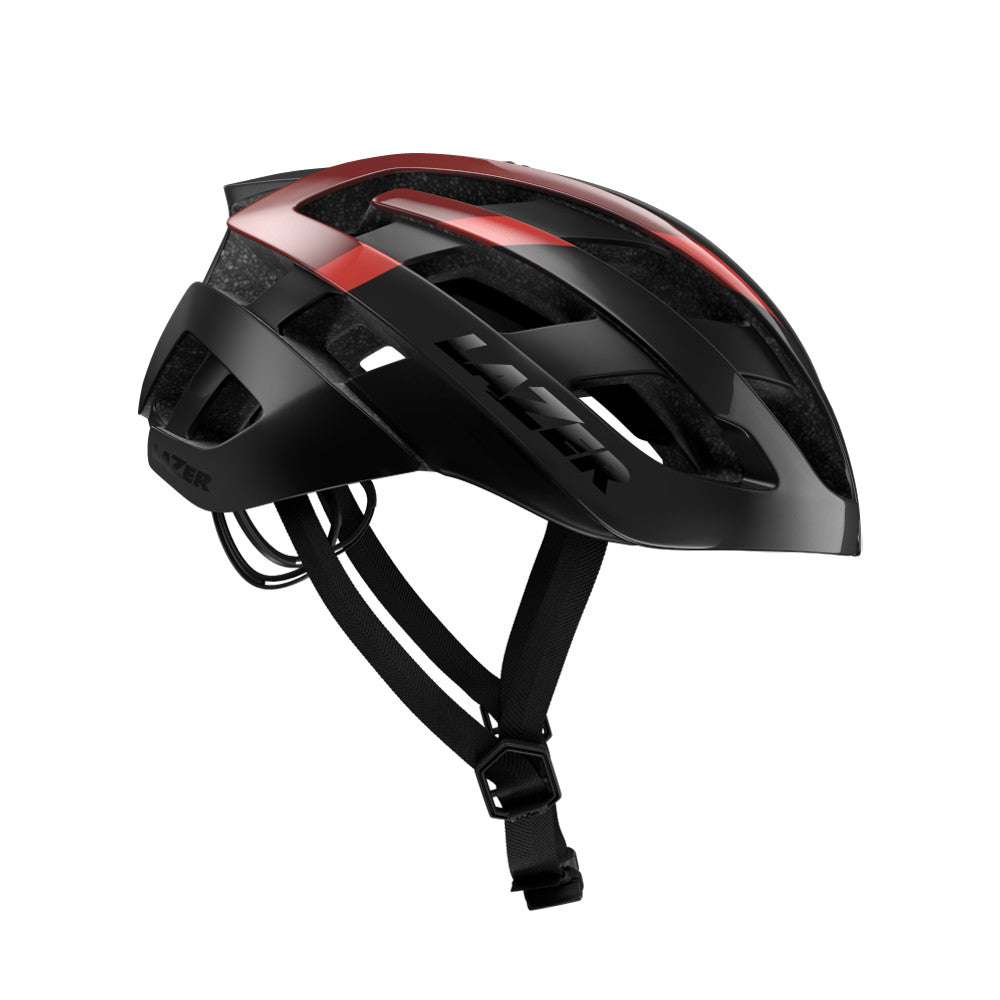This was quite difficult to watch.
Given everything we know about concussion and CTE, does more need to be done to protect -- especially -- the partner being lifted and thrown?
An ultra lightweight helmet would be better than nothing. A speed skating helmet is about 300 grams. Even something thinner and more lightweight would be better than a bare skull slamming into the ice right?
And does the sport need some kind of injury time out system so that skaters can be saved from themselves?
It would be harsh, but a one fall and you're out system would work. Not too many skaters win major tournaments with a fall in their program, so it's unlikely a fall would decide a major event, plus the skaters would take less risks knowing what jeopardy a single fall brings. Probably brings added excitement to the sport.




